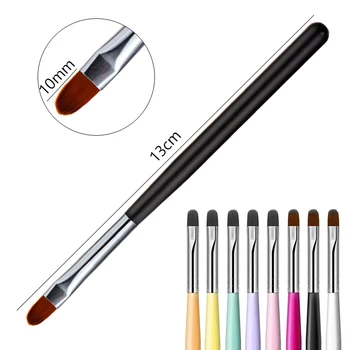Chinese calligraphy, known as shūfǎ (书法), is not merely a form of writing—it is a profound cultural expression that embodies the philosophy, aesthetics, and values of Chinese society. It has been practiced for thousands of years and continues to play a significant role in the cultural identity of China. Through brushstrokes, structure, and rhythm, calligraphy offers a window into the Chinese way of thinking, living, and understanding the world.
A Cultural Treasure
Calligraphy is considered one of the highest visual art forms in China. Unlike in many other cultures where writing is simply functional, Chinese calligraphy is regarded as a refined art, on par with painting and poetry. It is deeply respected for its ability to convey not only information but also emotion, personality, and spirit.
Throughout Chinese history, especially during dynastic times, calligraphy was a vital skill for scholars, poets, and officials. It was included in the imperial examinations, and one's calligraphic skill was seen as a measure of moral integrity and education. Beautiful handwriting was a reflection of a person’s inner cultivation, discipline, and respect for tradition.
Philosophical Foundations
Chinese calligraphy is closely linked to three main philosophies: Confucianism, Taoism, and Buddhism.
-
Confucianism emphasizes self-discipline, respect, and order. These values are reflected in the careful structure, symmetry, and balance required in calligraphy. Writing well was a sign of a morally upright and educated person.
-
Taoism, on the other hand, focuses on naturalness and spontaneity. This is visible in flowing, cursive styles where the calligrapher allows the brush to move freely, expressing emotions and individuality. The harmony between man and nature is often felt in such fluid strokes.
-
Buddhism introduced calmness and meditation into calligraphy practice. The act of writing became a spiritual exercise—meditative, reflective, and often used in copying scriptures.
Artistic Expression
Each Chinese character is composed of a set of strokes that must follow certain rules, yet within these rules lies endless variety. Calligraphy allows artists to express their mood, personality, and even political or philosophical views. For example, bold, heavy strokes may show strength and determination, while gentle, flowing strokes may reflect harmony and grace.
Calligraphy is not limited to black ink on white paper. It is often used in scrolls, couplets, fans, and murals. During festivals or special occasions, red paper and gold ink are used to write good-luck phrases or blessings.
Social and Cultural Significance
In Chinese culture, calligraphy is present in every aspect of life. From ancestral tablets and temple inscriptions to business signs and decorative home scrolls, it connects people to their heritage. It is also a way of passing down wisdom and values from one generation to another.
Even in modern times, calligraphy remains a respected skill. It is taught in schools, practiced by elders, and celebrated in exhibitions. Many people see it as a way to stay connected to their roots in a rapidly changing world.
Conclusion
Chinese calligraphy is a cultural gem that reflects the heart of Chinese civilization. It integrates philosophy, art, and tradition into a single form of expression. Through the brush, generations of Chinese people have conveyed their thoughts, emotions, values, and aspirations—making calligraphy a timeless mirror of their cultural soul.



